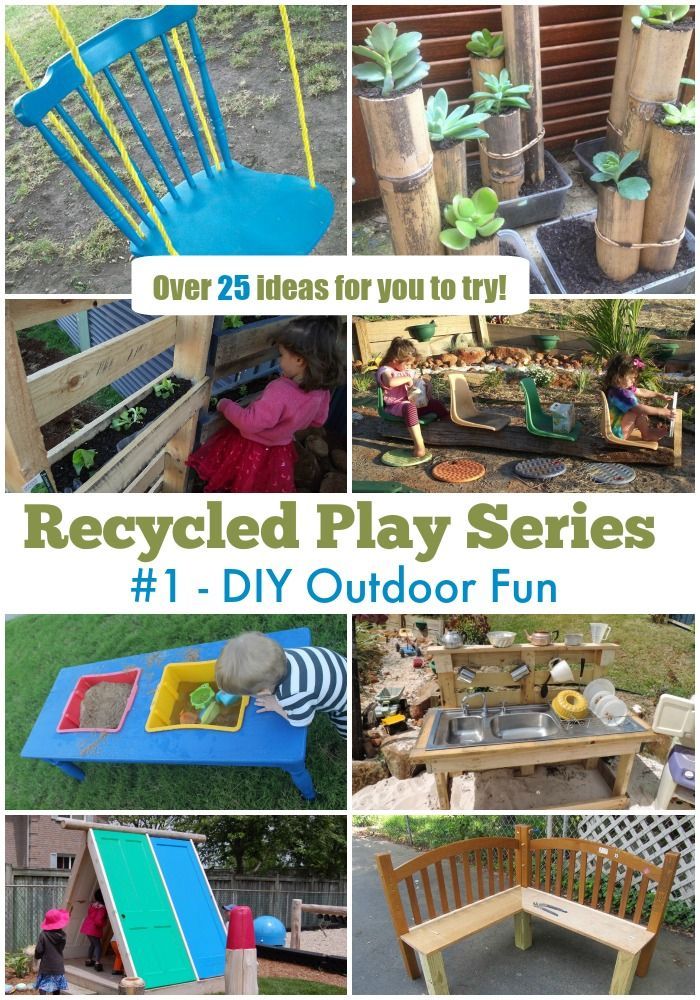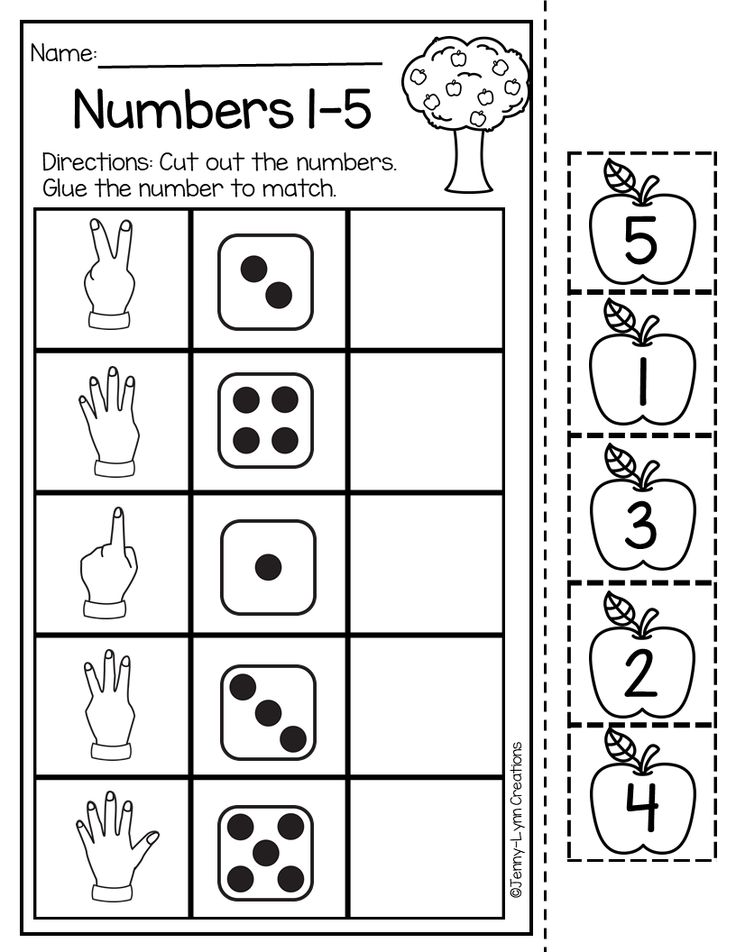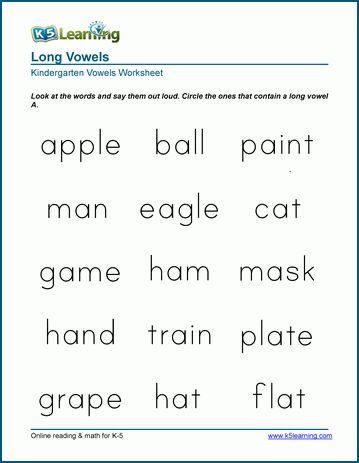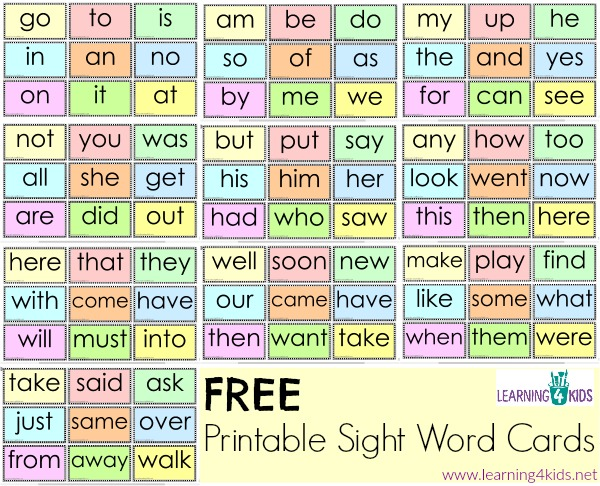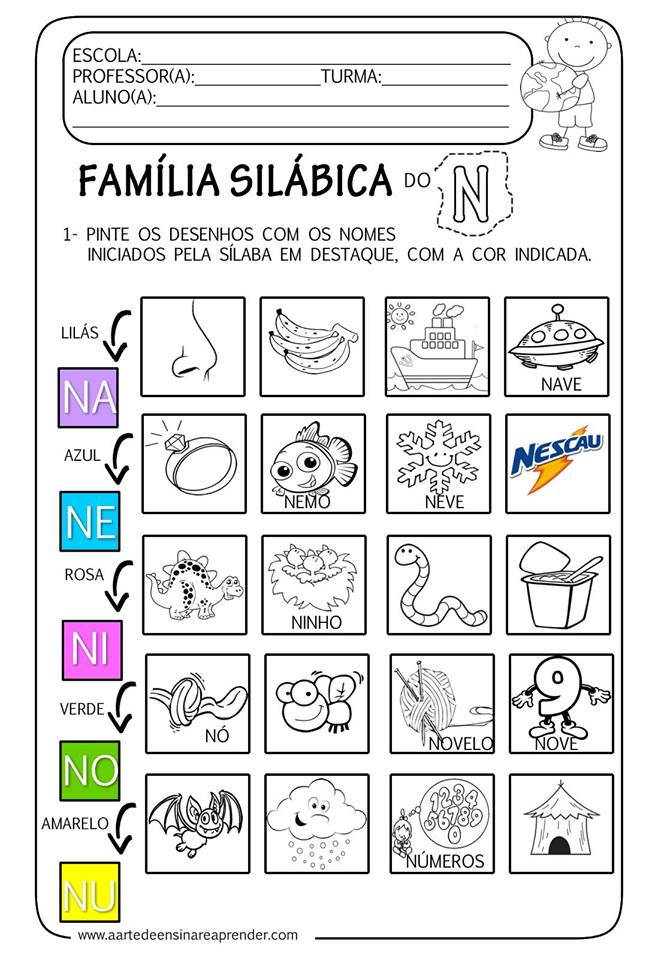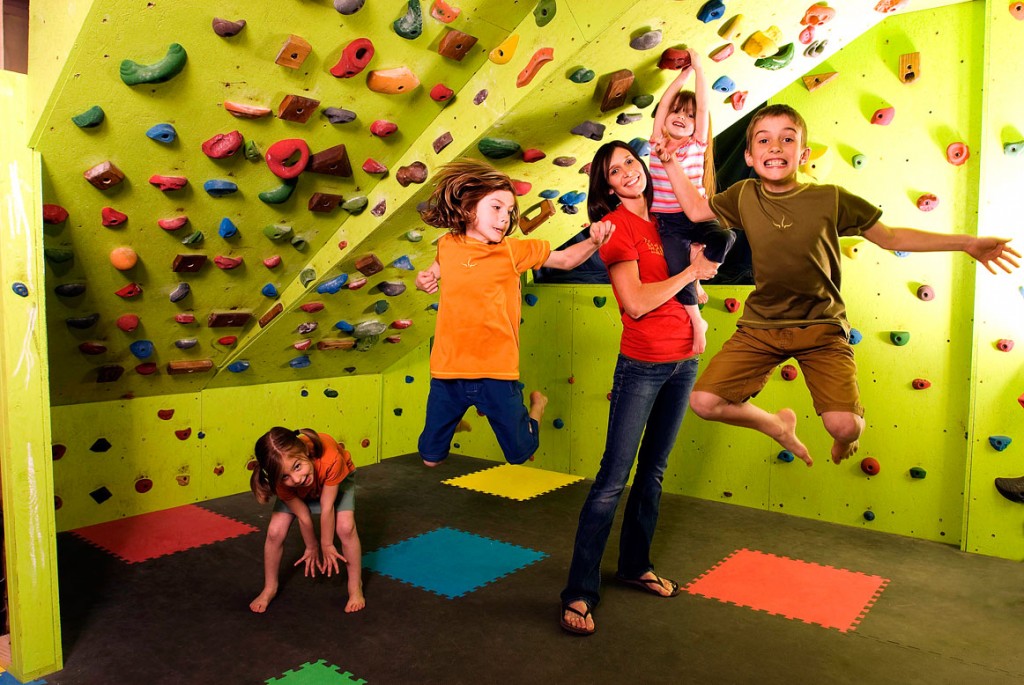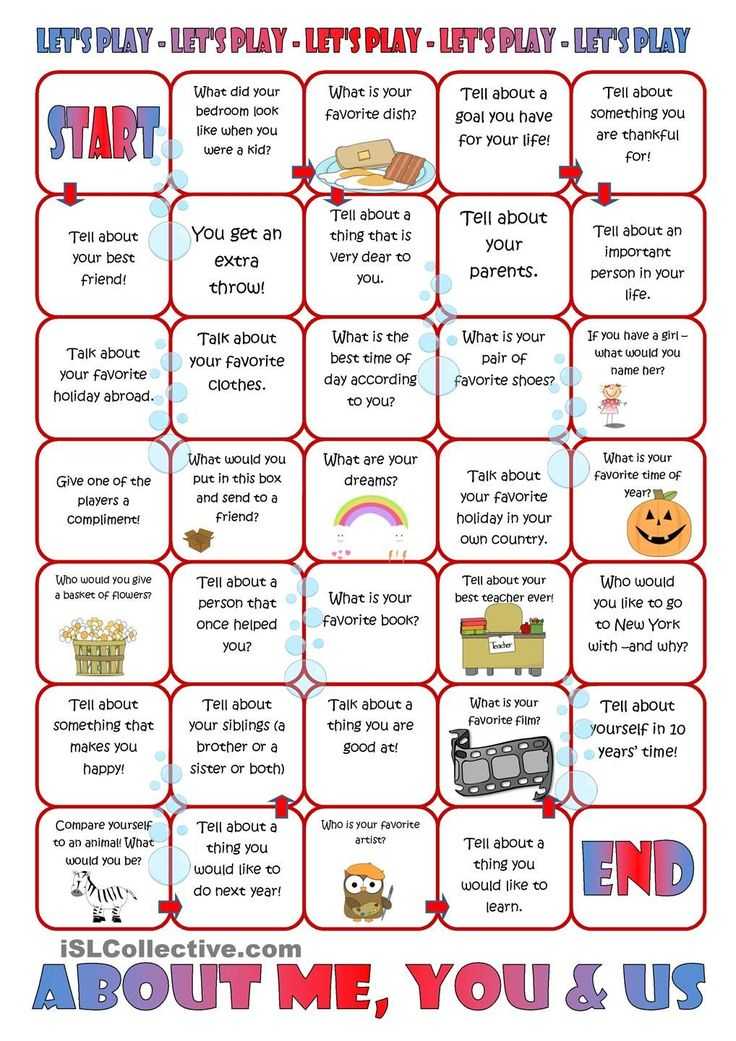Ideas for play
What is imaginative play? 10 ideas for the whole family
- Home/
- Inspire Environmental Play/
- What is imaginative play? 10 ideas for the whole family
What is imaginative play, and how can it help kids? Find out here – and discover 10 fun imaginative play ideas to try with your little ones.
Have you ever bought your little one a toy, only to watch them play with the packaging for hours instead? With a little imagination, children can turn the simplest of objects into toys worthy of hours of attention. This kind of pretend-play is worth encouraging, too – here’s why.
What is imaginative play?
Imaginative play is when a child uses their imagination to role-play scenarios they have seen, experienced or would like to experience. It’s a kind of open-ended, unstructured play, with no rules, goals, or result – except that kids learn a lot along the way.
Examples of imaginative play can include pretending to cook, clean, save the world, beat bad guys, host exceptionally dignified dinner parties, become the mayors of cities, slay dragons and extinguish fires. There is no limit to what can be considered imaginative play, as long as your child is using their imagination (and sometimes, props) to act out the scenario.
So what are the benefits of imaginative play?
Kids these days are surprisingly busy. As well as school and homework, plenty of them also play sports, join clubs, are tutored, and take music or language lessons. Imaginative play allows kids to relax, let go, and just be kids.
But the benefits of imaginative play don’t stop there. Experts believe (pdf - 3.8MB) that this kind of real play can do a lot for kids’ development, improving their social and language skills, boosting their creativity and problem-solving abilities, keeping them active, and (most importantly) making them happy.
So how do you pull kids away from TVs, tablets, and laptops, and encourage them to simply play? Here are some examples of imaginative play activities to get you started.
10 imaginative play ideas to try with your kids
While the imaginative play ideas below can help you kick off some amazing games of pretend with your kids, it’s important to avoid imposing your own idea of what the game should be on them. If your kids say the rug you bought for an imaginary picnic is a patch of deadly quicksand, go with it – and start looking for a branch to pull them out!
If your kids say the rug you bought for an imaginary picnic is a patch of deadly quicksand, go with it – and start looking for a branch to pull them out!
Cook an imaginary meal.
Children love to act out the ordinary things their parents do. Help your little one get into the role of future chef by laying out cooking equipment, “ingredients”, or even a drawn-out hob for them to play with. Let them serve you up a meal, and prepare to pretend that mud pie is your favourite.
Throw picnics and tea parties.
Bad weather outside? No problem. Set up your own indoor picnic with a picnic rug, your child’s favourite toys and a few kitchen-related props. Remember: pinkies up at all times, and never fail to ask whether Teddy would like more tea or cake. Etiquette matters.
Play super heroes.
Don a cape or choose an action figure and embark on the greatest fight between good and evil that the world has ever seen.
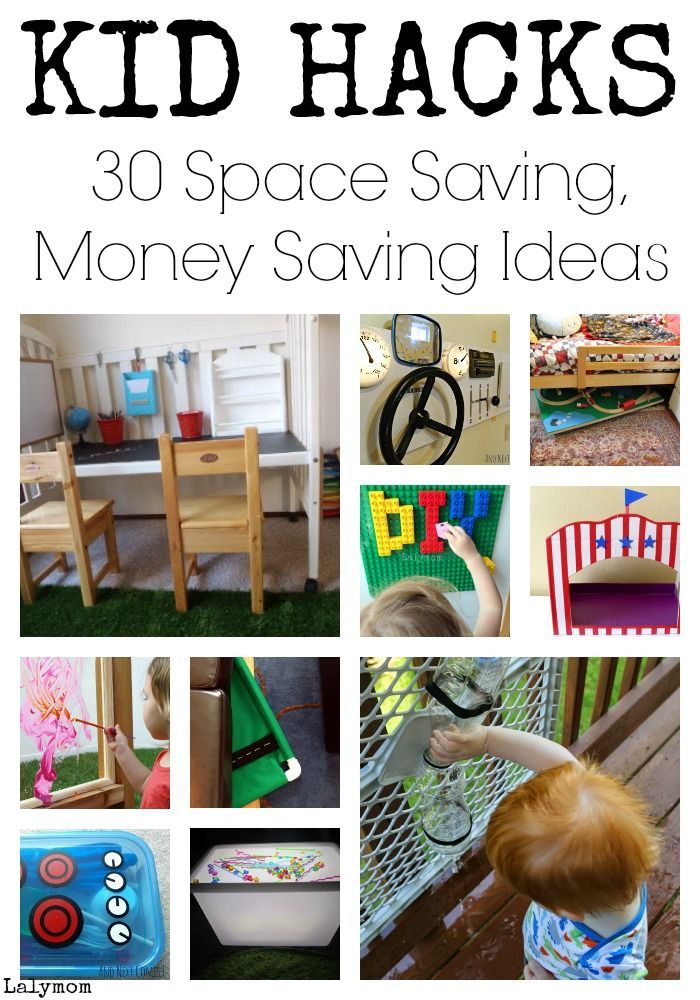 It’s even more fun if you play the villain and let your child defeat you. Perfect your “I’m meeeellllltiiiing” speech, and remember that you would have gotten away with it, too – if it weren’t for those pesky kids . . .
It’s even more fun if you play the villain and let your child defeat you. Perfect your “I’m meeeellllltiiiing” speech, and remember that you would have gotten away with it, too – if it weren’t for those pesky kids . . . Turn a box into . . . anything.
One of the best things about imaginative play is that you don’t need any special props to do it. For example, an ordinary large-ish cardboard box can become a house, a car or an aeroplane. Flatten it out, and you have a desert island. Give your little one a few boxes and watch for a bit to see what they do. Jump in once they’ve decided what the game is going to be.
Put on a performance.
It’s the ultimate improv exercise: using whatever props you have to hand (puppets, dolls, action figures, hairbrushes, boxes can all help), act out a play with your child. Let them dictate the plot as you go!
Plant up a (fake) garden.
They might only be cardboard cutouts of flowers and imaginary vegetable patches, but your child can still have fun watering, weeding and looking after them.
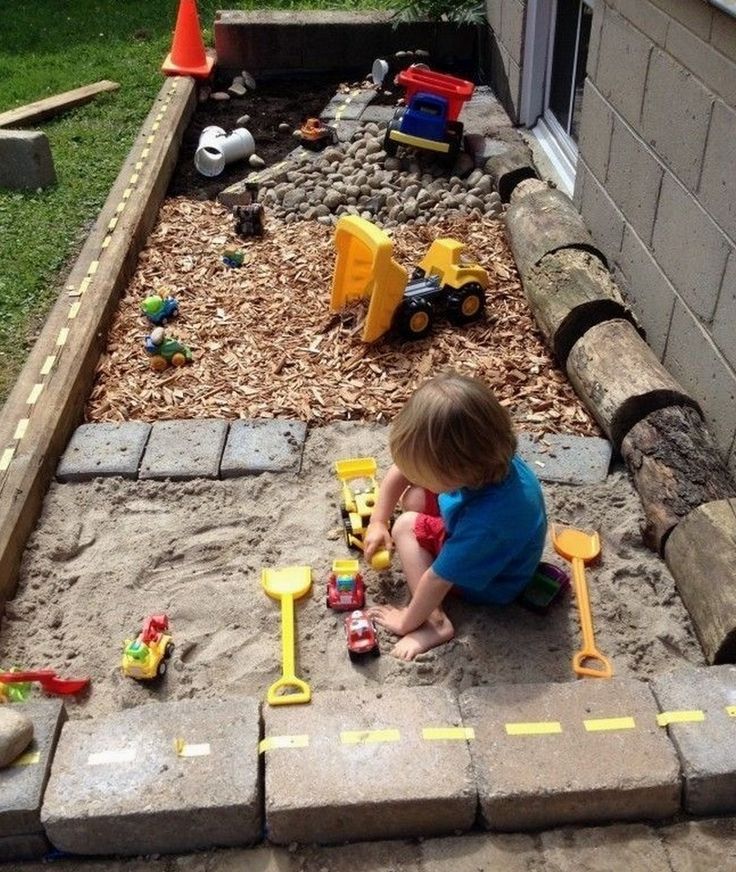 All the fun of a real garden, with none of the risk.
All the fun of a real garden, with none of the risk. Build a city.
Toys like Lego and building blocks can be useful props for this game. Help your little one build a metropolis, then run the town together.
Clean the house.
Ever turned around after doing a household chore, only to find a little helper copying you? Kids are often strangely fascinated by housework. The next time you’re vacuuming or mopping the floor, give your child a prop so they can follow you around the house and take part.
Run a shop.
If your child owned a shop, what would they sell? Help your child stock their shop’s cupboards, pretend to be a series of customers, and use (fake) money to buy their wares.
Play explorer. With a simple magnifying glass, accompany your child on an expedition around the house. Could a hair clip be the key to a lost temple? A sweet wrapper the cloak of a tiny magician?
Sounds fun, right? Remember, the benefits of imaginative play can extend to you too — so connect with your inner child and lose yourself in a world of imagination.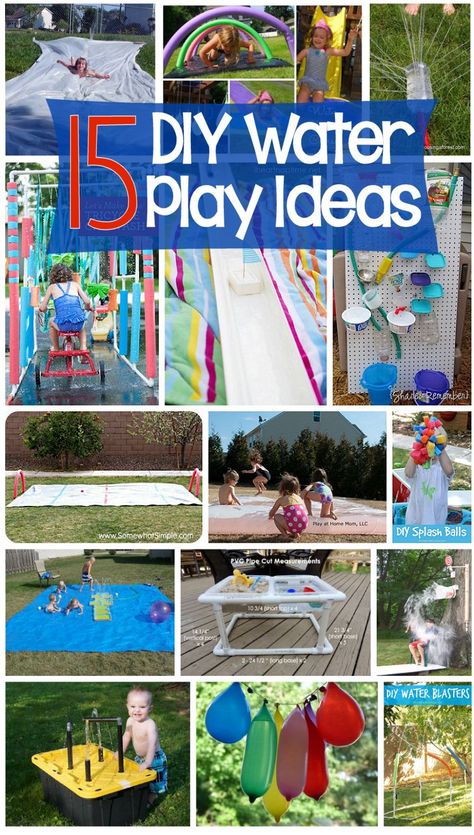
Share
FacebookTwitter70 Play Activity Ideas For More Fun As An Adult
Who says adults can’t play like kids do? No matter your age, you can fit more play into your day. We rounded up 70 ideas for adding more play to your life as an adult.
But first, let’s break down an important distinction.
Play vs Hobbies: What is play?We define play as doing something you enjoy with no real purpose or agenda in mind. There doesn’t have to be a point to your activity, nor do you need to adopt it as a full blown hobby that you try to improve on. You don’t need to be good at play — enjoy yourself and soak in the moment, no matter which activity you decide to try!
Have you listened to our Playground to Purpose podcast, all about adding more whimsy to your purpose?
We chat with play experts, talk to people in all kinds of careers about the connection between their childhood & adult career paths, and have solo chats about our personal play journey.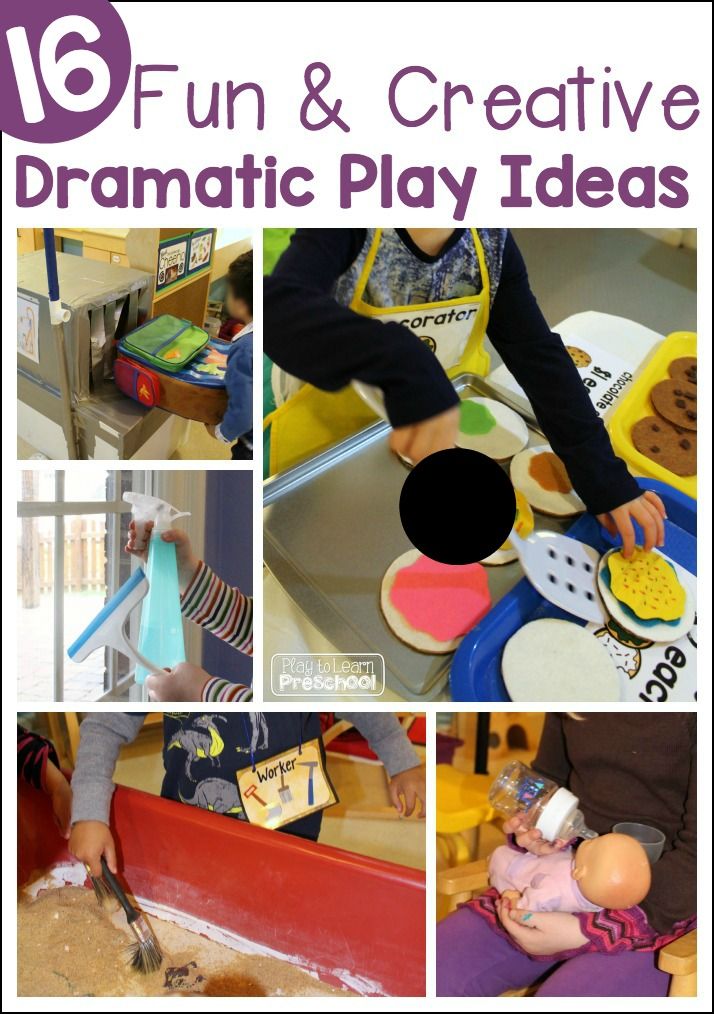
▶︎ Listen on Apple Podcasts | Spotify | Google Podcasts | Stitcher
1. Color with adult coloring booksOr kids coloring books, because who cares! Grab a new set of crayons, colored pencils, or markers while you’re at it. And don’t forget — it’s okay if you color outside the lines, just have fun with it!
2. Get a journal for bullet journalingTo add some more fun into your journaling practice, use some washi tape, colored pens, and fun stickers. Or, create a book bujo like this gal from TikTok.
3. Write snail mailWho says we can’t still be pen pals? Snail mail is so fun. If you’re looking for a pen pal, you can sign up for one here.
4. Try hand letteringHand lettering is a visual art that focuses on drawing and illustrating beautiful letters. Even if your handwriting isn’t *perfect* give hand lettering a shot! There are so many ways to customize your letters to your preferences.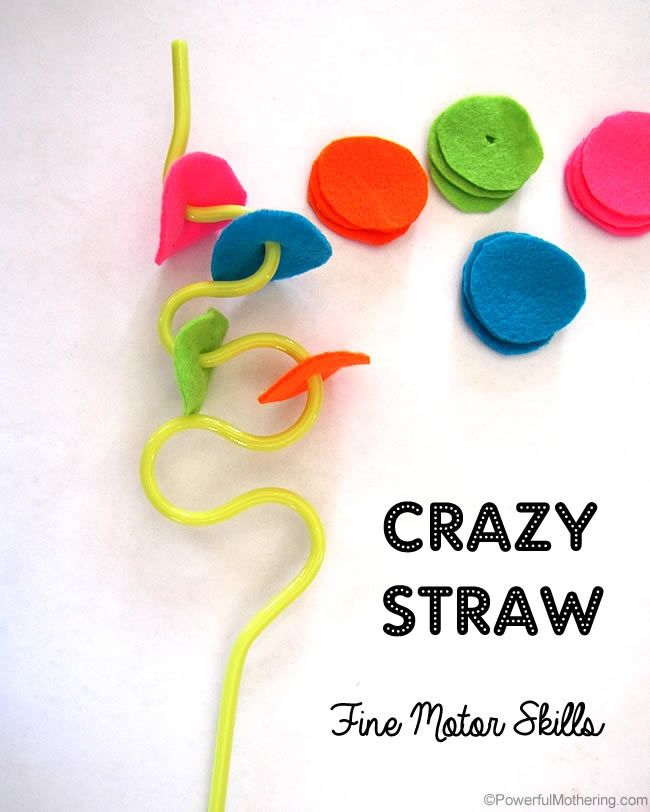
Raise your hand if you ever did a Paint by Numbers when you were a kid. Same here! Whether you’re looking for a more structured paint session, or want to grab a few paint colors and get messy, painting is for everyone.
6. Read fictionNot books for school or work, but just for fun. What are you curious about? I love fantasy romance fiction books, personally. New reading genres get you out of your comfort zone, so head to a book store and pick out something on a whim.
7. Fun outdoor gamesOutdoor games, like giant Jenga or cornhole, are a great way to sneak in some play and some movement too. Get out there and put your competition face on!
8. Do outdoor sports activitiesPut on your tennis shoes and step outside for some tennis, volleyball, soccer, or football. Outdoor sports activities enable you to play with others and soak up some Vitamin D if you’re lucky too!
9.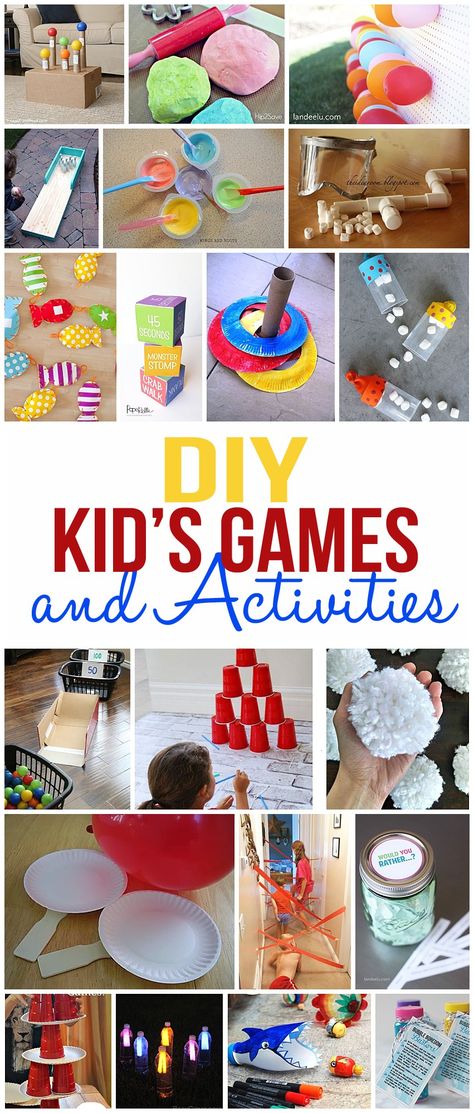 Play arcade-style games
Play arcade-style gamesCalling all Pac-Man and Super Mario lovers, this one is for you! Indulge in some arcade-style games, either ones you enjoyed as a kid or explore newly released ones.
10. Learn a languageDuolingo and other fun learning platforms make it easier than ever to finally learn that new language you told yourself you always wanted to speak.
11. Bake somethingCookies, pastries, brownies — oh my! Bake your favorite treat or grab a new recipe you haven’t gotten around to making yet for an extra challenge.
12. Create a TikTokCreate a TikTok, not for the sake of making money from it, but purely for the fun of it. Have a passion for fiction books? Join the BookTok community on TikTok. Have a passion for cooking? Cleaning? Traveling? Vegan food? There’s literally no niche too small for TikTok.
Follow us at @playgroundtopurpose as we document our play journey.
13.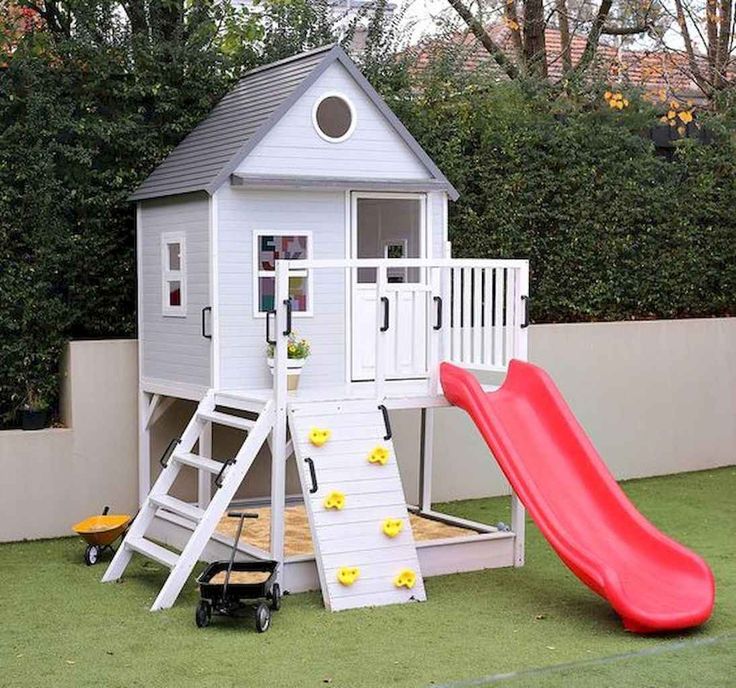 Find the best food/drinks in your city
Find the best food/drinks in your cityFamiliarize yourself with your local surroundings by exploring your city. Try new restaurants and bars to find the best food and drinks nearby.
14. Play computer gamesIf you spent hours playing games on the computer as a kid, don’t worry, we did too. Choose your game of choice and indulge in some childhood nostalgia.
15. Get a jigsaw puzzleJigsaw puzzles are fun and low-key tools for playing at home! You can enjoy a TV show while you solve the puzzle, too, if you’d like.
16. Create a play box and pick a random activity to playKids aren’t the only ones who should have boxes full of toys and activities to play with. Create a play box and add your favorite activities to it. Fidget spinners, brainteasers, and coloring books are a great place to start if you need ideas.
17. Take a pottery classPottery classes are a blast. Sign up for one by yourself or with a friend and create a handmade item you never thought you’d be able to make on your own.
Sign up for one by yourself or with a friend and create a handmade item you never thought you’d be able to make on your own.
Pick a destination, book your flights or hop in the car, and get going! Wanderlust is real.
19. Collect thingsCollecting things is a childlike practice that can invoke feelings of nostalgia and excitement. In fact, collections allow people to relive their childhood, so pick up your baseball card collection right where you left off.
20. PhotographyWhether it’s Polaroids or film cameras, there’s nothing quite like capturing moments and being able to relive them later down the road.
21. Read tarotTarot readings are a fun way to explore your spiritual side. Grab a Tarot deck, so you can give your friends fun readings – or pull a card to give you an intention for the week.
22. Rollerskate or skateboardRemember those late nights at Skate City? Were you more of the skatepark type as a kid? Grab your wheels and get moving.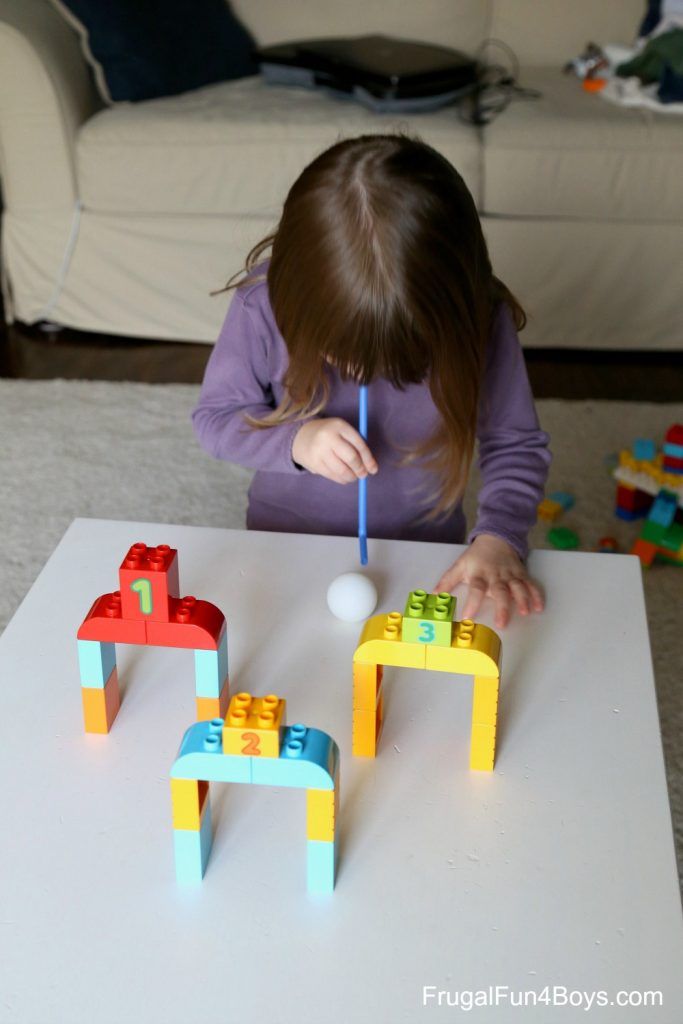
Embroidery is the craft of decorating fabric by threading yarn directly onto it. You can create all sorts of designs with embroidery.
24. Learn magic tricksMagic shows aren’t just for kids! You can learn magic tricks and impress your friends and family in no time. Here’s a magic set to help you get started.
25. Plan self-care nights, but make it themedFace masks, bath bombs, Netflix, candles, and essential oils are the go-to items we love for self-care nights. Plan a themed self-care night, like a romantic one where you take a candlelit bath while watching a rom-com. You deserve all the love in the world!
26. Dopamine DressingHave you heard of dopamine dressing? It’s simple. Dopamine dressing is all about wearing clothes that make you happy and bring you joy. Play with your wardrobe for a dopamine boost today!
27. GardenCreate your own little succulent garden.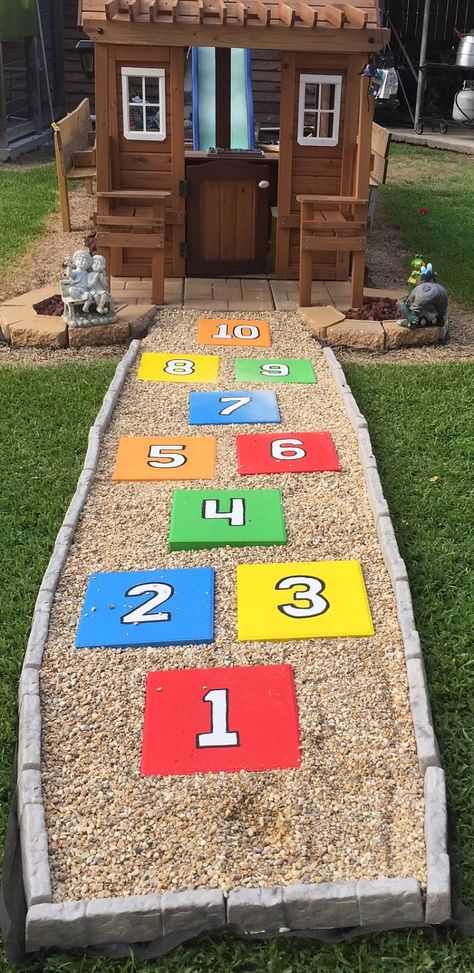 Succulents are low maintenance and a great way to add some nature to your space. Here are some steps to help you get started with your garden.
Succulents are low maintenance and a great way to add some nature to your space. Here are some steps to help you get started with your garden.
Candles can be expensive, so why not purchase the materials and make your own? Bonus points if you break out your markers and crayons and create your own candle labels.
29. Get a hula hoopHula hoops have been around since 500 BC, which clearly means they’re so much fun that they’ll stand the test of time! Challenge your friends to a hula hooping contest just like old times.
30. Play Wordle or any fun word gamesIs Wordle a trend or is it here to stay? Only time will tell. Whether it’s Wordle or something else, word games are the perfect way to sneak in some playtime and brain puzzles.
31. Take entertaining friends to the next levelDo something out of the ordinary for your friend group. Need some ideas? Plan an at-home murder mystery event, host Friendsgiving in the middle of the summer, or hold a DIY pizza night.
Push yourself outside of your comfort zone by signing up for a stand-up comedy or improv night.
33. Hike new routesMix it up! Explore the outdoors and hike a new route you haven’t explored before. Bonus points if it’s in an area you’re unfamiliar with that’s outside of your comfort zone.
34. VisualizeInstead of meditating, spend time listening to your favorite music and visualize your future. What would your dream closet look like? What would you do if you had a million dollars to spend? Have fun with your imagination.
35. Take random walking routesThere’s almost always more than one way to reach your destination, so try a new walking route. Or walk somewhere with no end goal in mind and see where your paths and turns take you.
36. Learn how to make latte artWe’re obsessed with latte art.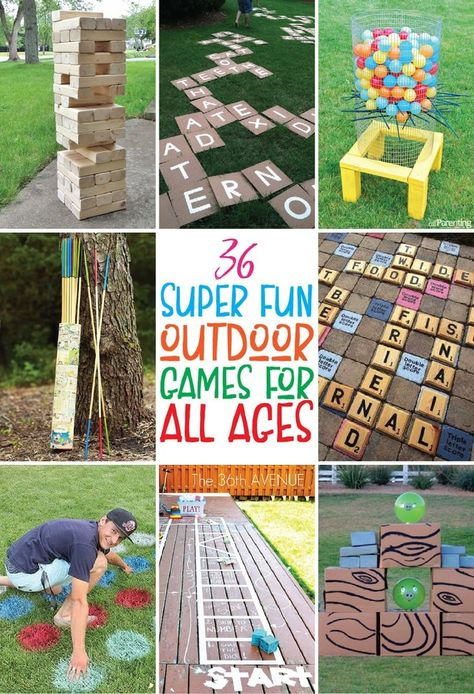 Learn how to do latte art at home and spice up your next morning coffee.
Learn how to do latte art at home and spice up your next morning coffee.
Break out your ukulele, guitar, or piano and learn how to play it. Or sign up for lessons if you’re into that sort of thing.
38. Put on temporary tattoosRemember how fun it was to receive temporary tattoos as a kid? Trust us, temporary tattoos are still just as fun as they used to be. Grab a sheet and cover your skin.
39. DIY / Fix up items in your homeA DIY home project allows you to put your home improvement skills to the test. Tackle an area of your home that you’ve always wanted to fix up.
40. Make jewelryMaking polymer clay earrings has gained popularity over the last few years. Clay jewelry is a nice way to blend your crafting skills with a fun outcome. Search YouTube for DIY tutorials to help you dive right in.
41. Recreate a makeup lookHave you ever seen a celebrity on TV or in the news and wanted to recreate their look? There’s no time like the present! Grab your makeup and inspiration pics and get started.
We all have our favorite musical artists, playlists, and genres, but consider branching out and finding someone new to listen to. Ask your friends for recommendations.
43. Brainstorm an idea for a children’s picture bookCalling all Goodnight Moon and Charlotte’s Web lovers! You can create a children’s picture book too. Brainstorm an idea for a modern-day children’s picture book and draw out a page or two to see how your idea comes to life.
▶︎ Psst. Our favorite play items from Amazon.
44. Go to the store and pick out a new board game to tryThere are aisles of board games to choose from these days! Head to your nearest store, close your eyes, and pick a new board game at random for a game night with you friends or family members.
45. Make a bookmark for yourself or to gift to othersIf you’re a bookworm, there’s a good chance you need another bookmark.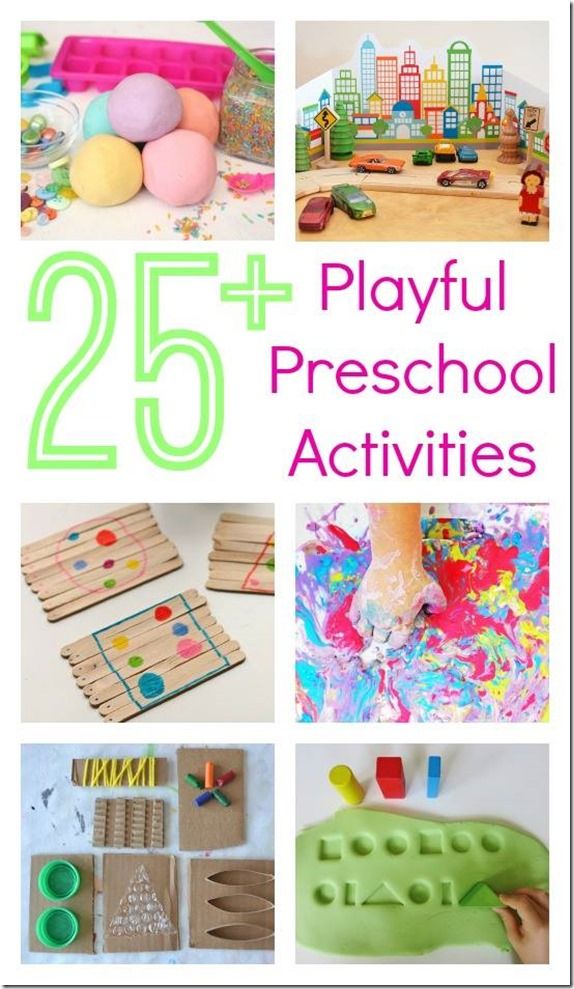 Snag some construction paper, markers, and stickers, and make your own!
Snag some construction paper, markers, and stickers, and make your own!
Enjoy some time outside with friends and play a game that gets your bodies moving. Flag football is always a blast (just make sure anyone who tackles is kicked out!)
47. Find online trivia quizzes to test your knowledge on random topicsOr, just take a Buzzfeed-style quiz for funsies, like this aura quiz.
48. Play “tiger rabbit”Tiger rabbit is a game where you keep naming animals that end with the last letter of the previous animal. See how long you can go. Fun to do it by yourself or with others. It’s the perfect brainteaser when you’re stuck waiting in a long line.
49. Spruce up one of your rooms while sticking to a certain budgetAdd new wallpaper, rearrange your furniture, or grab some new small accessories at Target to spruce up one of your rooms at home.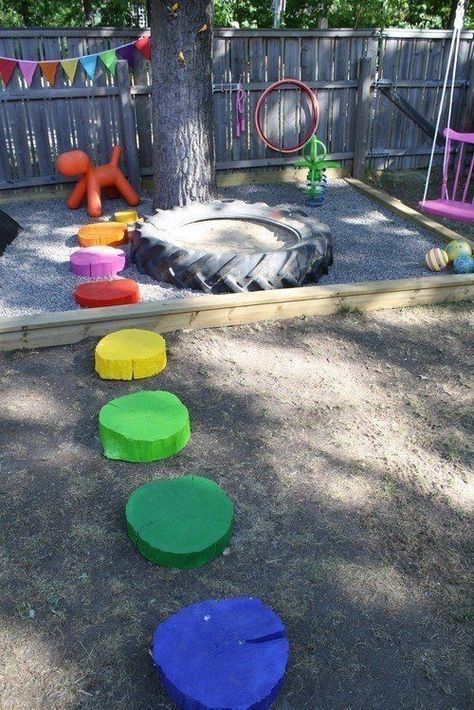 Play with new colors, patterns, or setups that you usually wouldn’t choose.
Play with new colors, patterns, or setups that you usually wouldn’t choose.
This throwback game doesn’t miss.
Don’t forget to use the Motherlode cheat. Or, at least that used to be my favorite way to play.
51. Rent a bounce houseBounce houses aren’t just for kids’ birthday parties or school events. If you have space for once, rent a bounce house for a few hours for you and your friends.
52. Plan a PlaycationStay at a treehouse or plan a trip to Disney World. The whole intent? Play.
53. Visit all the Little Libraries in your townYou know, those small libraries of books people have outside their homes. Take a book, share a book. Use this map to find some Little Libraries in your area.
54. Solve a Rubik’s cubeThe iconic Rubik’s cube was created in the mid 1970s. Solving one (or trying to) is a great way to sneak some play into your day in an easy way.
Play on the swing set, go down the slides, or bring your own yard games for the perfect park outing.
56. SudokuAre you up for the challenge? Sudoku puzzles will put your brain to the test!
57. Nail artIf painted nails are your jam, consider playing around with nail art designs. You can use nail polish paint or order stickers and stamps to use on your nails.
58. Dye your hair colorfulRaise your hand if you’ve always wanted a pink streak or two in your hair. Yeah, us too! Dye your hair or add colorful highlights for a twist on your usual do.
59. Create a charcuterie board
Charcuterie boards are all the rage (and for a good reason!) They’re delicious, easy to make, and perfect for sharing with others. Create a charcuterie board with your favorite snack options.
60. Get a creative thinking journalCreative thinking exercises encourage you to change the way you think. These journals are filled with creative challenges to keep your mind busy for weeks.
These journals are filled with creative challenges to keep your mind busy for weeks.
Upcycling, or creative reuse, involves transforming waste or unwanted byproducts into art. You can do upcycling projects of your own and create things like this Upcycled Wine Bottle Heart Chime.
62. Make fun cocktails (or mocktails)In the mood for a playful night in? Make at-home cocktails or mocktails and try a new drink you don’t usually order while you’re out.
63. Learn how to create a braidOkay, let’s be honest, braiding isn’t as easy as it looks. There are many different varieties of braids you can learn using your hair or yarn.
64. Try all the ice cream flavors at your favorite spotOr all the cocktail options at your favorite bar. Think of it like that game we used to play as kids where you’d put all of the soda flavors in your cup, only better.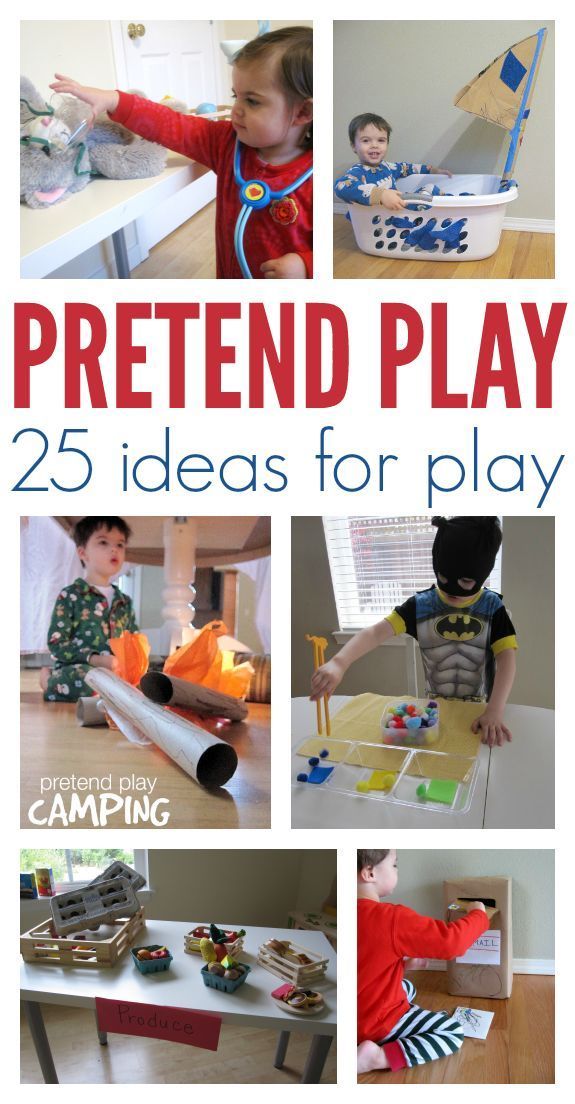
If you have an iPad Pro, first of all, I’m jealous of you. Second off, if you aren’t already using Procreate, buy it ASAP! Digital drawing is in.
66. Create a scrapbookGather your favorite photos, some stickers, and colored paper to create a scrapbook of all of your best-kept memories.
67. Create your custom scentMake your own perfume with essential oils. Use this perfume oil guide to walk you through how to concoct your personal blend. Who doesn’t want to have their own unique, delicious smell?
68. Order something random off the menuChoose an appetizer or a dessert, if you wish. Or close your eyes and point at a random menu item to try (no backing out once you open your eyes!)
69. Join a Fantasy LeagueWhether it’s an NFL Fantasy League or Bachelor Fantasy League, playing fantasy sports with friends or strangers is a blast.
70. Pick a childhood toy to play with friends
Like Nerf Guns or Polly Pocket. Choose something nostalgic for an extra playful friend date.
Want more tips on how to add more play to your life? Tune into our podcast.
Love this play for adults list? Pin it for later!
How to find an idea for a game — Pixonic on vc.ru
On the example of a knight with a shovel — the first article in a series about game design.
131 296 hits
Author: Vadim Charugin, Master of Applied Mathematics. In his senior year, he joined Pixonic as a junior game designer. Now he is the lead game designer on the War Robots project.
You are determined to start making your first game. First you need to ask yourself the question: “What is my goal?”. The answer can be different - from getting initial experience to creating a hit with a multi-million audience - it's better to record it somewhere right away.
Now we need to decide on an idea. Suppose you don’t want to make a new Skyrim in a post-apocalyptic setting. Then, realizing the full range of opportunities that have opened up, it can be difficult to decide what to take on.
Suppose you don’t want to make a new Skyrim in a post-apocalyptic setting. Then, realizing the full range of opportunities that have opened up, it can be difficult to decide what to take on.
In the first article of the series, I will tell you how to come up with a couple of ideas for the game, and which one to choose. But first you need to limit yourself to at least some kind of framework.
Step 1. Evaluate the possibilities
Creation of a large, serious project requires: an experienced team, several months (or even years) of development, and a lot of money. In a word, not our case.
On the other hand, a few weeks of hard work and good motivation will be enough to achieve the first results in game development - understanding this will simplify further idea selection.
What else is worth paying attention to at the very beginning:
- Team size. Don't go it alone to create a new World of Warcraft. But even one person can make an exciting platformer.
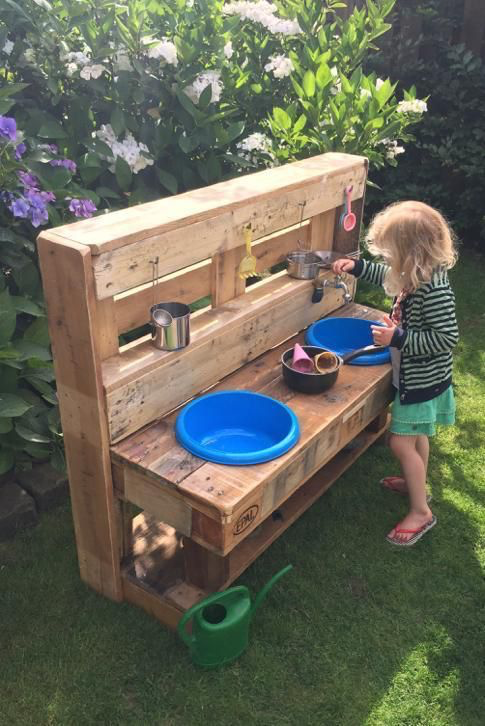 For example, UnEpic.
For example, UnEpic. - Gaming experience. Perhaps you have been playing Tower Defense all your life and counting creep waves is not a problem for you? Then you should think in this direction. Or you are in the top on the Korean League of Legends server - then it will not be difficult to come up with interesting abilities for the characters.
- Professional experience. In addition to "you know how to program - you take it and do it", there are many other useful skills. Are there good texts? You can do a text quest. Do you know how to draw manga? This will come in handy when working on interactive novels.
- Time. The less development time there is, the easier the game should be. Especially if it is the first one, and it is developed by one person or a small team. You can always add new elements later.
It took Francis Tillez de Meneses 2 years to single-handedly make UnEpic
Now, based on existing restrictions and desires, you need to select the genre of the new game. This will allow you not to waste time and energy on studying other areas and quickly move directly to development.
This will allow you not to waste time and energy on studying other areas and quickly move directly to development.
For the first time, it's better to forget about the multiplayer component and look at platformers, match-3, rogue-like, scrolling shooter or something like that. There are many tutorials for them (for example, the official Unity introduction course). These genres are the fastest to prototype and will be the easiest to scale up with new levels and mechanics.
If you still can’t choose a genre unequivocally, you can stop at a few that are interesting
Step 2. Looking for ideas
The circle of opportunities for a new game is already shrinking significantly. Now about specific methods for finding ideas for a project.
Playing
Finally, we can say that you are not having fun in vain, but are looking for an idea for a new game that will bring millions. The most important thing is to look at games from the point of view of a game designer. That is, ask yourself the question “why?”.
The most important thing is to look at games from the point of view of a game designer. That is, ask yourself the question “why?”.
Why doesn't the player immediately get the sword in Legend of Zelda?
The moment of receiving it is a great joy for the player and more involved in the game.
Why do Worms games have weapons that are not affected by wind?
Not all players know how to correctly take into account its direction.
Why does Enter the Gungeon have a starter hub?
It allows you to get comfortable with the control of different characters without the risk of death or loss of health.
There is usually more than one reason - answers can be found during discussions with other people, as well as in the development diaries.
If the gameplay is too addictive and you can't analyze it, you can study and compare how other people play. For any game you can find videos on YouTube or streams on Twitch
Let's say we decided to make a 2D platformer, and in the process of looking for references, we stumbled upon Shovel Knight. You need to think about why the first level there is filled with an atypically large number of elements - a battle with a dragon, a room with soap bubbles and an abyss.
You need to think about why the first level there is filled with an atypically large number of elements - a battle with a dragon, a room with soap bubbles and an abyss.
Shovel Knight
They get used to the physics of the game and show the player the basic mechanics of shovel jumping, which is required to progress through later levels.
With this in mind, you can think of your own idea for a unique movement mechanic and how to apply it.
Compare
The industry is constantly evolving, new projects come out every day. If you do not try to track these changes, you can miss important points.
Now there are many projects in any genre. Some are considered cult, others have become hits. They are worth seeing. Interested in the genre of tactical games? Knowing XCOM is not enough, there are also Battle Brothers, Atlas Reactor, Into the Breach, Jagged Alliance and Xenonauts.
Hits are easy to find on Google for “top 10 [genre name] games on [platform name]”, and financially successful projects can be viewed on SteamSpy, App Annie and mobile store grossing tops
It is useful to compare games of the same genre that were released with a short period of time, and projects with a release difference of several years.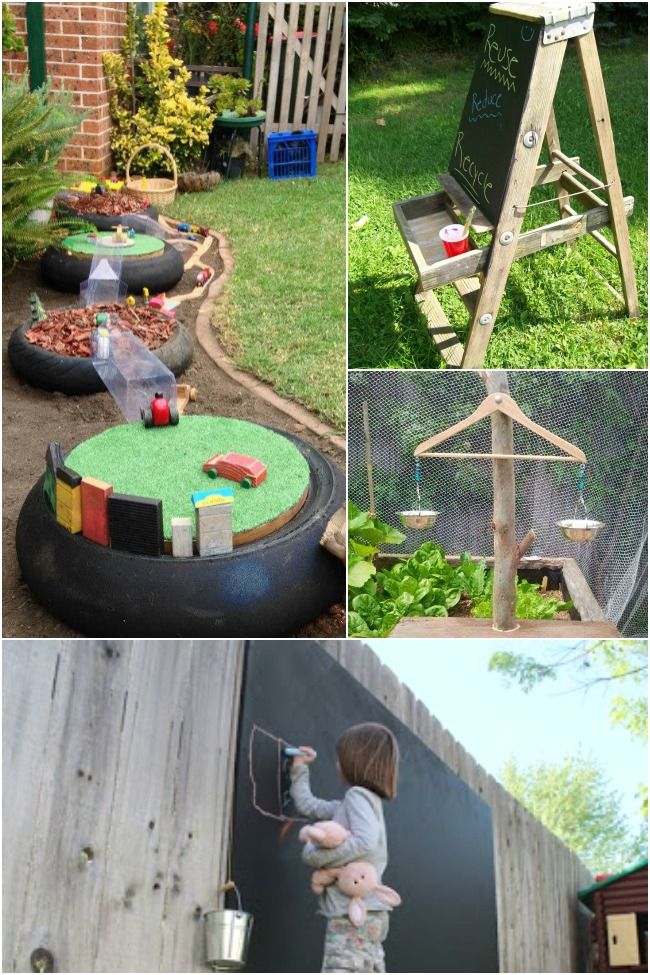 It is especially interesting to compare the changes in games of the same series or of the same genre with a few years of difference. But within reasonable limits - it hardly makes sense to compare Fallout 2 and Fallout 4.
It is especially interesting to compare the changes in games of the same series or of the same genre with a few years of difference. But within reasonable limits - it hardly makes sense to compare Fallout 2 and Fallout 4.
Experimenting
Do not do everything according to the canons. There are many interesting projects with bold ideas. Tactical combat + visual novel + Nordic setting? The Banner Saga. Survival + resource management + dramatic theme? This War of Mine. Turn-based 2D side-scrolling strategy game? Steamworld Heist. We take as a basis the mechanics that are interesting for ourselves and add others, change the visual appearance, send it to an unusual setting.
Step 3. Making a choice
Now we have a whole bunch of ideas, we have identified our strengths and weaknesses, we have played a million hours in all the games accumulated on Steam and even sorted them into cubes. How to deal with all this and choose one thing? Tighten selection!
Here's what to do after reading:
- Describe good ideas.
 You don't have to describe the whole game in full - it's enough to tell about the genre, the main gameplay and what the project will interest the players in a few sentences. If you want to add references from other games.
You don't have to describe the whole game in full - it's enough to tell about the genre, the main gameplay and what the project will interest the players in a few sentences. If you want to add references from other games.
Some ideas will not add up to the game, they can be excluded in favor of those that are easier to describe
- Assess what they need. How complex is the idea and how long will it take to implement it? What elements of the game should be in the first prototype, and what can be discarded? Experience in valuation will certainly come in handy in the future, even if the first assumptions turn out to be wrong.
- Select. We arrange ideas according to the level of complexity of their execution. It’s worth starting in game development with the simplest ideas - this way you can quickly gain development experience and fill your first bumps.

- Tell your friends. All ideas should be shown to others - this way you can notice the overlooked moments.
In the next article, we will look at how to convey our vision of the project to other people, whether it is about motivating new team members or collecting feedback from potential players.
Task: In two or three paragraphs, formulate the idea of your future game and indicate the genre.
This article is the beginning of our big project with vc.ru. If you complete all the tasks, you can - no less - learn how to make video games. And win a PS4 Pro at the end of the first article series.
Game Design Cycle:
How to come up with an idea for an interesting game - Indie on DTF
With this video, I start an educational cycle related to game design for those who want to create games on their own.
6305 views
Decoding
How to make an interesting game? I often come across programmers who develop their project in the evenings, but do not always understand how to think it through in terms of design. Actually, it is precisely because there are many such people that I decided to start my own blog.
Actually, it is precisely because there are many such people that I decided to start my own blog.
To be honest, for various reasons I myself have not yet released a single purely own game. If you think that because of this I have no right to convey my thoughts and experience - there is a cross at the top, they can close the tab.
Now let's talk to those who are interested. Why do I say “interesting game” and not “successful game”? Because there is no one hundred percent working method for creating a successful game. Okay, I admit, I'm lying. There is such a way. It includes a huge research budget, dozens of prototypes, and several soft launches. The method is working, this is how, for example, Clash Royale was created. But I doubt that if you have such resources, you will watch my video.
The idea of the game is first of all the idea of the gameplay. Interesting gameplay can be wrapped in any graphics and it will remain interesting. Look at the success of Nintendo.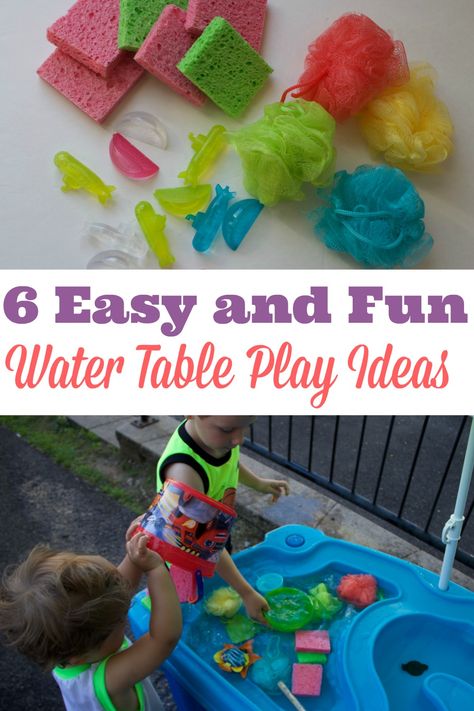 Their games have never been famous for their graphics, but they have been hyper-successful, because the development of each of them began with the search for a new unique gameplay.
Their games have never been famous for their graphics, but they have been hyper-successful, because the development of each of them began with the search for a new unique gameplay.
What should not be done when choosing an idea for a game?
First: don't clone
This is more of a recommendation based on statistics. Clones are handled by big studios, big budgets are poured into them, and as a result, many get discouraged. But, as in the case of Gameloft's Conquest of Rome, despondency is beautiful. Clones from developers with smaller budgets are unlikely to achieve this either. You don't want to spend a year of your life on a boring and unpromising cloning of someone else's idea, do you? Although if the idea is rushing to you, or it is something so fresh that you feel that it will shoot in the future, then why not?
Second: don't focus on donations
It's no secret that donation games now earn mountains of money. And it attracts many beginner developers. No, I'm not going to push the popular notion that the so-called “donate wankers” are evil now, I'll talk about something else. It is not enough to set limits and offer the player to pay for bypassing them. Free-to-play requires a lot of work on balance, just incredible, huge time and a lot of iterations for polishing and rebalancing and ... that's right, the costs are rarely paid off.
No, I'm not going to push the popular notion that the so-called “donate wankers” are evil now, I'll talk about something else. It is not enough to set limits and offer the player to pay for bypassing them. Free-to-play requires a lot of work on balance, just incredible, huge time and a lot of iterations for polishing and rebalancing and ... that's right, the costs are rarely paid off.
Third: don't jump over your head
Always be mindful of your limits. This includes anything that can get in the way of your ambitions, from your skills and the engines you own to your art budget and development time. I recommend to start with three months for production, then you can finish the game in six months or a year. Then you will be able to calculate the timing more adequately. Don't make an online game if you don't know how to create a server. Don't make a AAA shooter without a graphics budget.
Fourth: keep it simple
This partly applies to the previous point, because any complications stretch the development. It is necessary to clearly understand without which the game cannot be interesting and not to develop any other features until the basic ones are implemented. The secondary ones often include crafting, multiplayer, and especially additional modes. This does not mean that you need to release the game without them. This means that without well-done core gameplay, body kit efforts will be wasted.
It is necessary to clearly understand without which the game cannot be interesting and not to develop any other features until the basic ones are implemented. The secondary ones often include crafting, multiplayer, and especially additional modes. This does not mean that you need to release the game without them. This means that without well-done core gameplay, body kit efforts will be wasted.
Now let's move on to coming up with new ideas. I distinguish three main methods of coming up with new ideas: simplification, combination and transfer.
Simplification
The first and main method of generating new ideas. Actually, all existing game mechanics are a simplified version of real-life actions, seasoned with the developer's imagination. Any system in our life consists of many factors, and you can decide for yourself which of them to take into account and which not. In classic shooters, for example, it doesn't matter where the player carries a mountain of ammo and a bunch of weapons - even in his back pocket.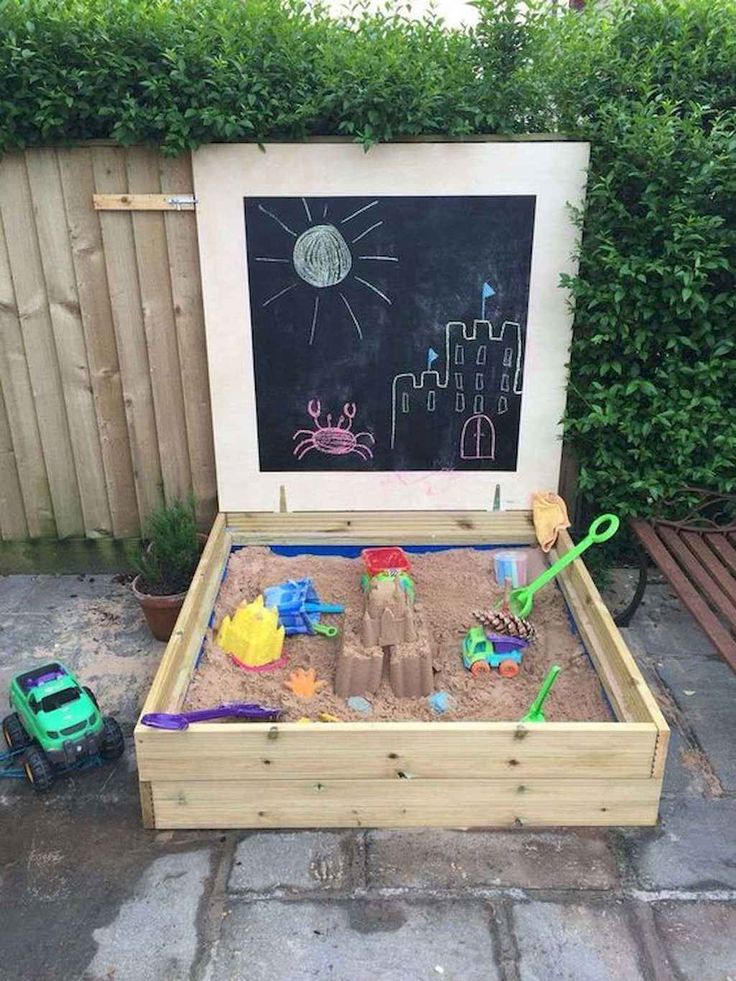 But this is a very hackneyed example. There are a huge number of processes around us that are not yet sufficiently disclosed in games.
But this is a very hackneyed example. There are a huge number of processes around us that are not yet sufficiently disclosed in games.
You can simplify not only real life, but also other people's game mechanics. You can always simplify the mechanics by half. And then twice more. And so on until the clicker. And then simplify it.
Combination
It's simple: combining two mechanics in one game so that they complement each other. Strategy + RPG - Warcraft 3. Shooter + Moba - Overwatch. RPG + football - Pyre.
Quite a complicated method, because instead of a neat combination of two mechanics, it is a huge risk to stupidly complicate. To check if you've made your game harder, pay attention to where you direct the player's attention. If he has to keep track of two mechanics at the same time, it will most likely be a boring idea. For example, in my experience there was a game that combined match-3 and strategy with the call of units. The player had to simultaneously monitor the situation on the field and on the strip with units.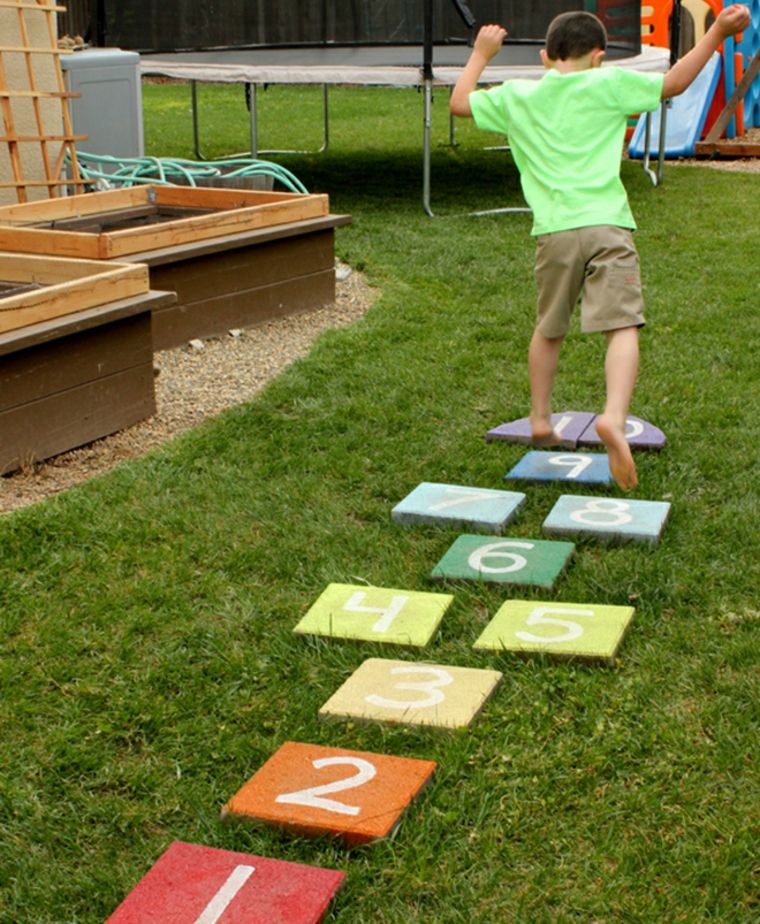 The result is predictable.
The result is predictable.
The most successful technique in this case is the imposition of secondary mechanics on the main one in a non-standard way. For example, imagine a dojo simulator where each student is a person with their own problems and a huge part of the gameplay is a text quest with decision-making, where if the behavior is unsuccessful, the student can simply leave you, and if you do everything right, he will learn the ultimate blows. Mechanics do not distract from each other, but complement.
Transfer
Actually a combination of the two previous methods. We simplify the situation and shift it to the ready-made gameplay. For example, I am currently working on a game concept in which the management of a supermarket is based on the mechanics of Tower Defense. The player must use the geometry of the level to guide buyers so that they spend as much money as possible through spontaneous purchases.
And of course, when inventing a game, it is best to focus on what the developer would like to play himself.